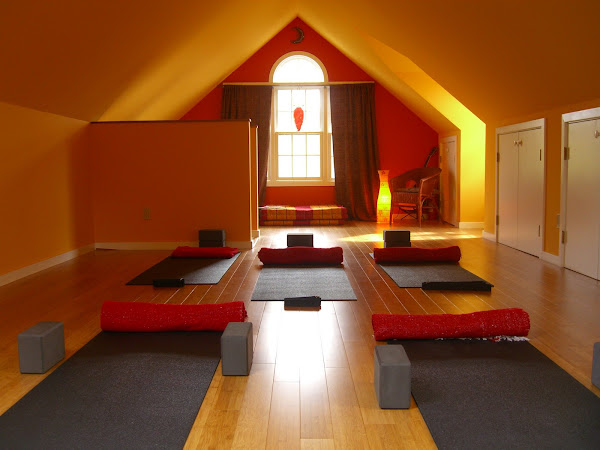
Well of course this story would have to begin with an airborne flight from a mountain bike, now wouldn’t it? ; ) It seems very likely, Mya-Lisa, that your rainy day aches are secondary to good old fashioned post-traumatic arthritis, a thing that takes about ten years after an injury to sneak up on ya. With arthritis comes inflammation, and inflammation itself can have degenerative effects on a joint. This makes your shoulder a little more vulnerable to another issue known as impingement syndrome (I’ll come back to this).

Okay, so ten years ago we have your aerodynamic journey, and today we have your other great adventure in life – writing. I believe you have correctly surmised that this passionate endeavor of yours has become your overuse syndrome. Any action (or stress) that we repeat over and over again, even if it is only the quiet work of constant shoulder stabilization for the allowance of the perpetual fine motor task of typing, can easily fit the bill. The tendons that are overused become inflamed. They also thicken, taking up a lot of space, and in the shoulder, there just isn’t enough room for that.
Impingement syndrome occurs when there is inflammation between the top of the humerus (arm bone) and the acromion (tip of the shoulder blade), and that is where you will find the tendons of the rotator cuff muscles, as well as the bursa that protects them. What you described over the phone to me (when I went hunting for more details) was pain in exactly this area. The movements that you performed, which elicited pain, are controlled by the rotator cuff muscles (the most likely culprit of these right now being the supraspinatus). The impingement test I had you self-administer was somewhat painful (sorry), and the gomukasana pose with your right arm down was even more so (sorry again!). The rule for now on is to NEVER do anything that creates that pain.
The good news is that you are able to do warrior two, down dog, plank, and even wheel. If this IS an impingement syndrome, then it is in very early stages. The less good news is that there is some loss of motion in your right shoulder, and loss of motion generally leads to atrophy or weakening, and that's something we ought to address.
We need to rebuild strength in your rotator cuff muscles, Mya-Lisa. Yoga will be useful for that. Any pose where you find yourself elevating your arms (like in the warrior poses) is going to strengthen your supraspinatus. My recommendation at this time is to not go higher than 90 degrees in any pose until you have pain free movement at your computer. Typing can be your litmus test for recovery.
Though I am not in favor of too many sun salutations at this point (too much of anything is just not going to feel good I believe), what I do have in mind is an exploration of plank, chaturanga, and down dog with lots of gravity removed.
Plank, chaturanga, and down dog against the wall:

Progressing towards a table:

And on to a chair:

Hey - no making fun of my stick figures (or shoddy photography). Like your ponytail?
In all of these asanas, you must place your effort into maintaining external rotation of your shoulders by drawing the outside folds of your armpits (these are your lats) around toward the front of your body. This will strengthen your supraspinatus, infraspinatus and teres minor.
There is only one more rotator cuff muscle, the subscapularis, and there is no great way at this time to incorporate this muscle into your yoga. So, I suggest lying on your back with your palms facing up. Bend your right elbow 90 degrees by sliding your forearm along the ground. Now keep your humerus (upper arm bone) on the ground, and lift your forearm to vertical (internally rotating at your shoulder). If this is pain-free, you can introduce a can of corn or something to your hand to use as a weight and build up from there.
For some really nice mobility work, M-L, I'd like to introduce you to the work of Moshe Feldenkrais (a very big part of my education in physical therapy). This exercise is called the Shoulder Clock ATM Lesson.
http://www.feldenkrais.com/method/article/shoulder_clock_atm_lesson/
It is very quiet, mindful and juicy work. Let it be your indulgence.
I really recommend typing as little as possible right now (are you laughing at me?!!), because causing any pain at all can really worsen the situation (I will not be policing this activity by the way, should I happen to find you on the internet – wink, wink). When you are typing, please remember to “align your heart” with your shoulders drawn back and your shoulder blades gliding back and down, tucking your lower front ribs into your body.
A cold pack to that painful (subacromial) area should feel pretty good (5 to 10 minutes is enough).
And now for my disclaimer: As you know, my cyber assessment is far from the real thing. A visit to a physical therapist in your area would be ideal. (Or a quick look at Travelocity for cheap flights to NJ?)
Final advice: be mindful, be protective, breathe.
~~~~~~~~~~ positive healing vibes ~~~~~~~~~~











